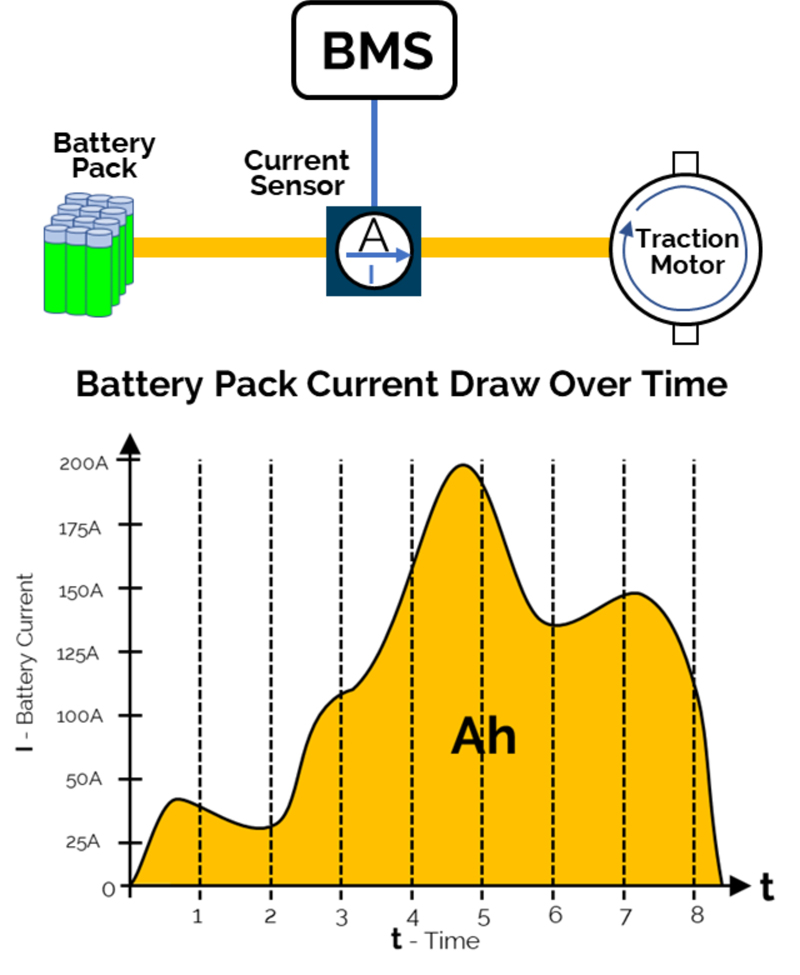Current Sensing for Electric Vehicles Circuit Diagram D. Current Sensing and Control. Current Sensing and Control mechanisms play a vital role in BMS circuits, monitoring and regulating charge and discharge currents for optimal battery usage. Adding current sensors can measure the flow of electric charge, providing essential data for managing the charging and discharging processes. A battery-management system's ability to accurately measure parameters such as pack Battery current sensors can be realized in two ways - shunt and magnetic - as shown in Figure 2 . The Automotive Shunt-Based ±500A Precision Current Sensing Reference Design offers battery current sensor solutions, providing excellent accuracy and convert the current sensing resistor's differential signal to a single-ended signal. This single-ended signal is then connected to an analog to digital converter (ADC) that is connected to a microcontroller. Figure 1 illustrates the current sensing signal chain. RSHUNT SUPPLY POWER SUPPLY LOAD ADC CONTROLLER REF REF-+ Figure 1. Current

There are 2 methods of approaching current sensor circuits for systems such as battery management systems depending on the IC you are working with. If you are working with an IC that already has internal circuitry inside of it that provides amplification, you may not need to create your own external amplification circuit, as amplification is In summary, both resistive shunt and hall effect sensor circuits are used in battery management systems to sense circuit to monitor current and log abuse conditions. Resistive shunt circuits are desirable due to the zero current offset . Hall effect sensor circuits are desirable due to the electrical isolation that they provide.

How to Sense Current in a Battery Management System Circuit Diagram
A current sensor circuit is a circuit that can measure the current flowing through it. Current sensor circuits are used extensively in systems such as battery management systems in order to detect the current to monitor for overcurrent, a short circuit, and the state of charge of the battery system. Measuring the voltage drop across a low-side current-shunt resistor is often the simplest method to determine battery/load current. Figure 2 shows an example low-side current-sensing circuit using the TLV379. The circuit in Figure 2 was designed to create a 0V-1.2V output voltage for a 0A-1A load current, i LOAD. Low-Side Current Sensing Circuit Design Rev.005 In the areas of automotive and industrial equipment, low-side current sensing circuits are used for functions including current and remaining battery level detection. The low-side current sensing circuits, which are achieved with a shunt resistor, an op-amp, and external components, can be